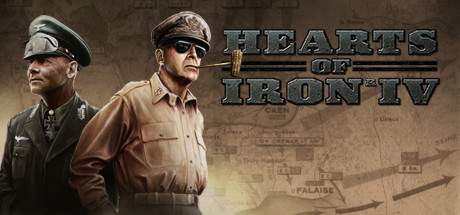

There are so many variables at play during a battle, and each unit has so many different statistics that influence its performance in different circumstances, that the combat system becomes opaque. Like all Paradox games, Hearts of Iron has a problem with making its combat palpable and intuitive. Unleash your new tanks on the enemy following a long-awaited upgrade, and it's thrilling to see the increased hitting power of your armored units.Īssuming you can see it. A good offensive that encircles and destroys 12 enemy divisions isn't just a nice maneuver, but it represents the destruction of months of production and training. But that's also when Hearts of Iron 4 is at its most enjoyable. That's much harder to do when the war is at its height, enemy bombers are striking your industries, and the consumption of equipment begins to drastically outstrip production.

Do it poorly, and units will slowly wear-out as equipment replacements dry-up, while ceding one advantage after another to the enemy. Do your job well, and your troops will have a few key advantages when they enter combat, and weaknesses that you've anticipated and can compensate for. The joy of Hearts of Iron is making those high-level compromises between the army you want, the army you have, and the army you can produce. It's a rewarding problem to try and solve, but it's also a perfect one for the armchair strategist. You want to leave production lines untouched for as long as possible, but that also makes it hard to replace obsolete weapons with newer models. You can always re-task factories to building new things, but Hearts of Iron punishes players who don't anticipate their needs effectively by making factories get more efficient the longer they produce the same thing. When you do get the designs you want, you need to dedicate precious factories to building them, and I promise that they're probably all building something else that's war-critical. At one moment you can be micro-managing a pincer attack on Moscow, controlling one division at a time, and then you can zoom the camera out to encompass a whole hemisphere as you arrange an assault along a front line stretching across all of Africa. Outside those big, pre-war questions of alignment, and who is going to get it in the neck first, Hearts of Iron 4 is primarily a globe-spanning wargame. Here, your options are more stark: as Germany, do you want to attack Russia now or wait until they attack you first? To quote Kierkegaard on the matter, "Hang yourself or do not hang yourself, you'll regret it either way." Those are games where the Iroquois can conquer the world, or the Viking can become the militant defenders of the Zoroastrian faith. It's a very big, very complicated scenario that can play out many, many different ways, but it's not the open-ended playground of Crusader Kings or Europa Universalis. The important distinction between Hearts of Iron 4 and the rest of Paradox's strategy lineup is that Hearts of Iron is a scenario, not a sandbox.


 0 kommentar(er)
0 kommentar(er)
